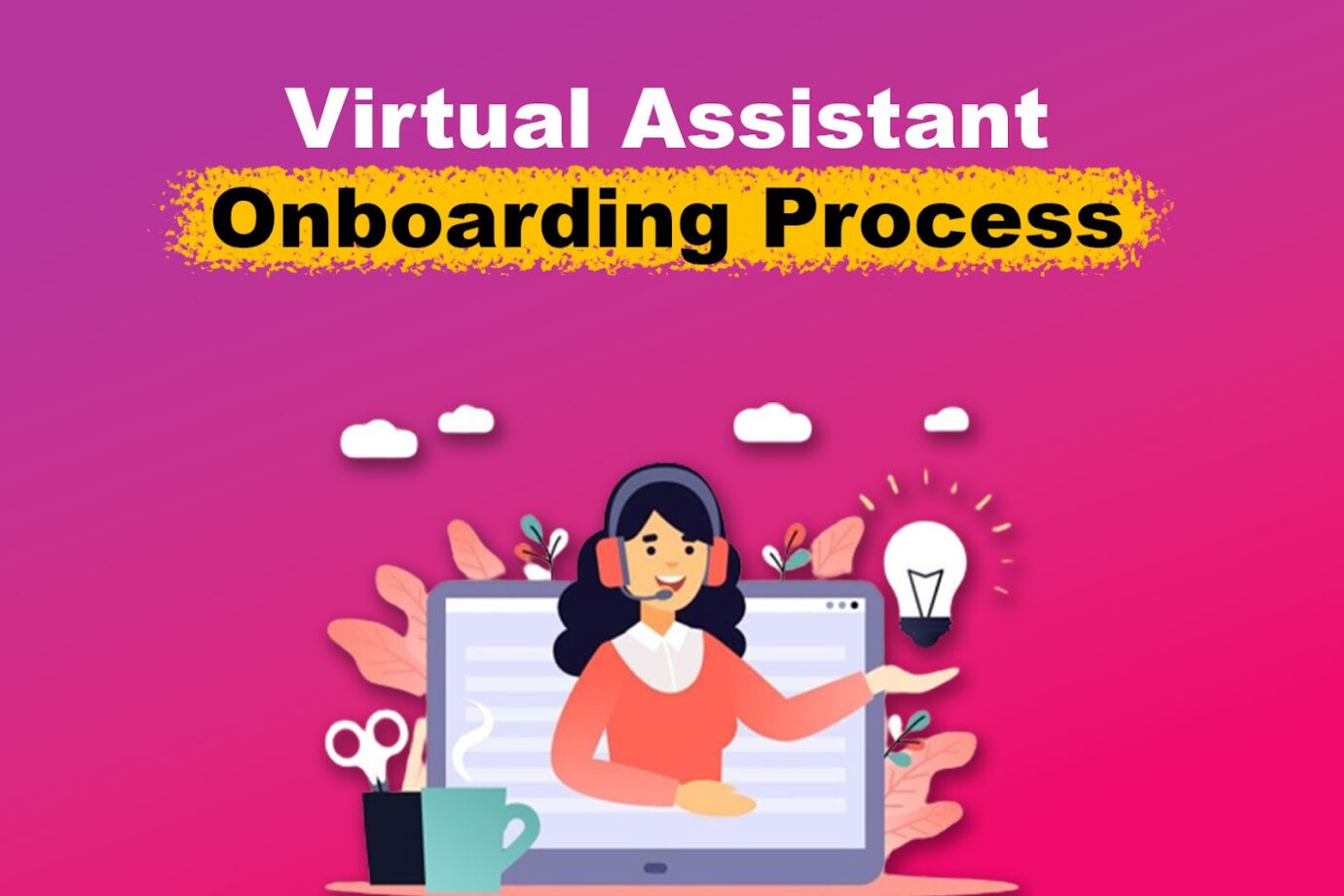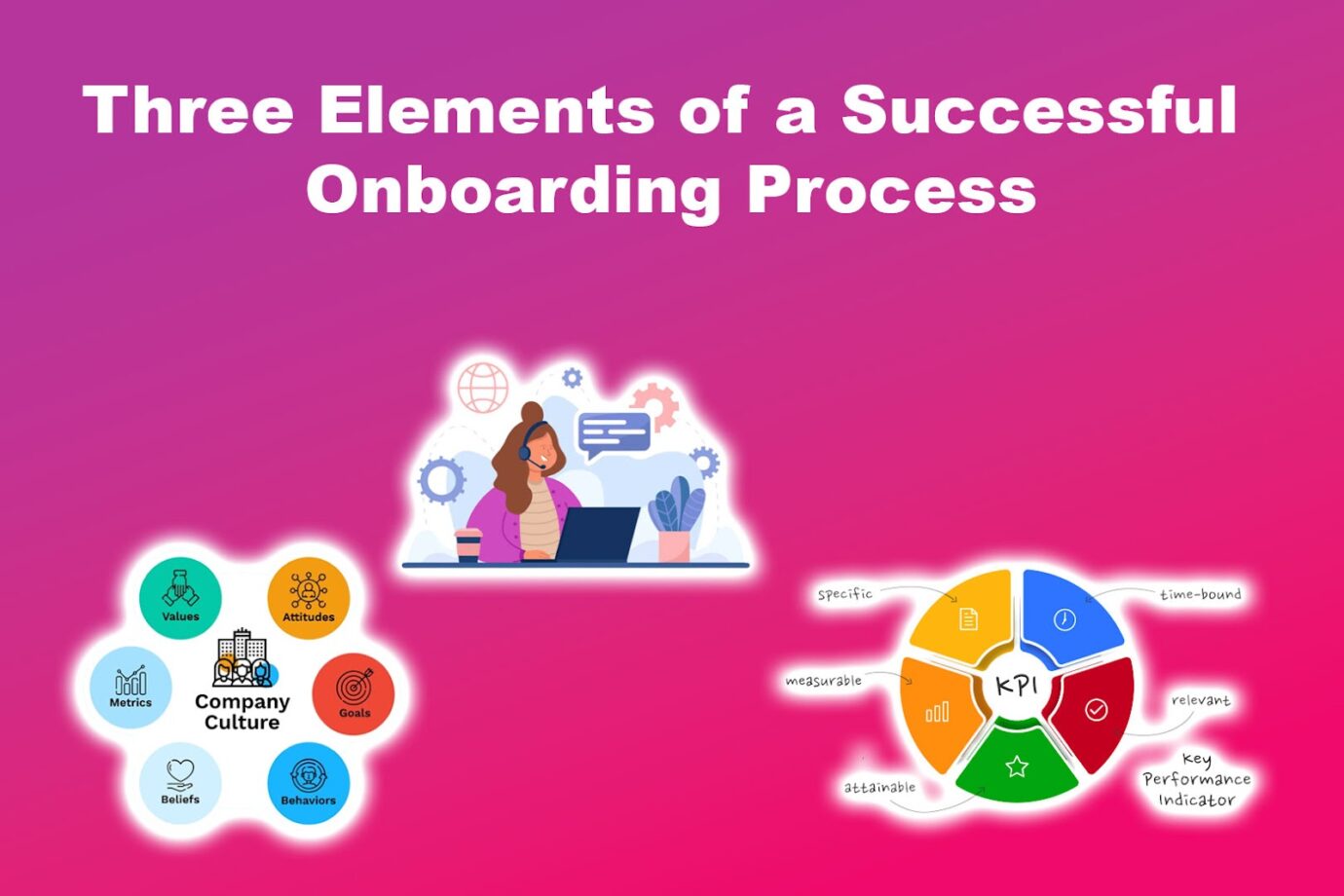If you have just recruited a VA, how should you let them feel they belong to your team? Virtual assistants (VAs) have become essential in today’s workplace. They can ease your workload by doing tasks that can consume your precious time, so easing them into your existing team or company is crucial.
In this article, we’ll discuss how to onboard your VA so they can achieve maximum productivity and list why a virtual assistant onboarding process is important.

Why Should You Onboard Your Virtual Assistant?
Onboarding your virtual assistant may take up some of your time, but it is still vital for achieving your company’s goals. You must guide your VA on how to do things in your organization.
Here are the vital reasons why you should onboard your virtual assistant:
Reason 1. Work Familiarization

Every company takes a different approach to tasks. Your virtual assistant needs to become familiar with what they are working on so that they can handle their load efficiently.
Even if your VA is already familiar with the tasks they will work on, you may have a different approach to working on those tasks. So, training them is still an important part of onboarding. Or they might even add some valuable input on how to work on their assigned tasks.
Reason 2. Get a Warm Welcome to the Company’s Culture
You don’t want your virtual assistant to feel out of place in your company, even if they’re working remotely. The onboarding process for virtual assistants allows them to embrace your company’s culture, thus making them feel welcome.
Your business’s success depends on how your culture motivates your employees. Reaching your business’s goals is challenging if even one employee cannot fully embrace your work culture.
Reason 3. Build Rapport with You and Your Team
Your VA can work better if they trust you. You entrust your tasks to them, but you must ensure they also trust you.
By building trust, your virtual assistant will confidently share their thoughts with you. For instance, if they commit a mistake at work, they can tell you without the fear that you might get mad at them. It will also allow them to voice their thoughts, further improving your business.
How to Create an Onboarding Process for VAs
Now that you know why you should onboard your VA, you will learn how to do so. These steps are crucial to your virtual assistant’s success.
Here are the steps for creating an onboarding process for your VA:
Step 1. Introduce the Company’s Culture

Introducing your company’s culture is an excellent starter for an onboarding procedure for your virtual assistants. In this introduction, you can explain how your business runs and why you do such things in your company.
This way, your VA can familiarize themselves with how things work, making it easier for them to adjust.
Step 2. Present and Discuss the Relevant Software
Since most VAs work remotely, you must discuss what software your company uses and how it works. Discussing your business’s work tools is essential, even if your virtual assistants are already familiar. You might have a different way of using those tools, thus creating the need to tackle them.
This is also an excellent opportunity to give them access to those tools. Before rolling out the onboarding process, they should already have accounts from your communication apps, project management and productivity tools, and all the software they must access. This way, they can check their accounts in real time as you discuss how to use them.
Are you thinking about monitoring your VA’s efficiency? Here’s the best time-tracking software for virtual assistants.
Learn more about discussing relevant VA software on Upwork.
Step 3. Thoroughly Discuss the Scope of Work

Another crucial factor for onboarding virtual assistants is discussing their work scope. You must clearly emphasize what your VA needs to do and how long they should do it.
Your VA can work efficiently if they know what they’re needed for. By giving them a specific deadline, they can set their expectations about their workload while you keep projects on track.
Step 4. Set the Expectations for Their KPIs
Key performance indicators (KPIs) are important when working in any company. Set your expectations on their performance and ensure they clearly understand their KPIs. Emphasize the need to reach these KPIs so your VAs can help you reach your business goal.
You can create a file that discusses their responsibilities so they can always review what they need to achieve. Keep your communications open with them if they need clarification on reaching their target.
Learn more about setting the KPI expectations from Upwork.
Step 5. Introduce to Other Team Members

If you have an existing team, let your new VAs meet them so they get comfortable with each other. Introduce the team members’ roles so your VAs know who to approach when they encounter issues.
Introducing your team members to your VAs is also the first step in gaining trust with each other. Remember that rapport is essential when working remotely with your team. Without trust, your team won’t be able to reach their goals.
Learn more about introducing your VA to other members on Fiverr.
Step 6. Schedule a Weekly Catching Up and Feedback Session
After introducing everything to your VAs, allot a time to huddle with your team. Reserve at least 30 minutes to one-hour weekly huddles with your team. You can talk to them on the first day of your working week to motivate them to work throughout the week.
Communication is vital with all of your colleagues. Huddling with them regularly allows everyone to talk about the highs and the lows of your business. It also gives your team the voice they need to shed light on any business issues that arise.
What Are the 3 Important Elements of a Successful Onboarding?

The three important elements of successful onboarding are clarifying the virtual assistant’s role, introducing the company’s culture, and achieving their KPIs. If you emphasize these three elements, your newly hired VAs will work productively with you.
Onboarding usually only takes a couple of hours. Ensure that you give all relevant information to your newly hired VAs so they can produce the productivity you need.
Related Post: How to Terminate Remote Employees
Virtual Assistant Onboarding Is Vital in Welcoming Your VAs
A well-structured onboarding process for your virtual assistants is the key to the success of your VAs. You provide them with all the knowledge they need while they give you the best service you need.
Making your VAs feel welcome, explaining their work and deadlines, and emphasizing their KPIs are the secrets to a successful virtual assistant onboarding process. These elements can give you the well-deserved success of your business.